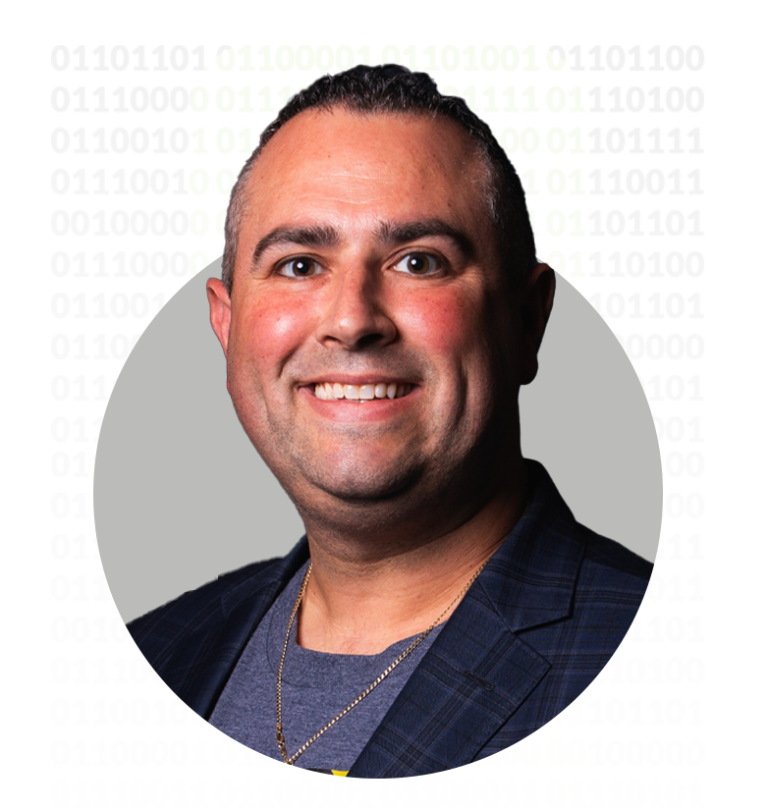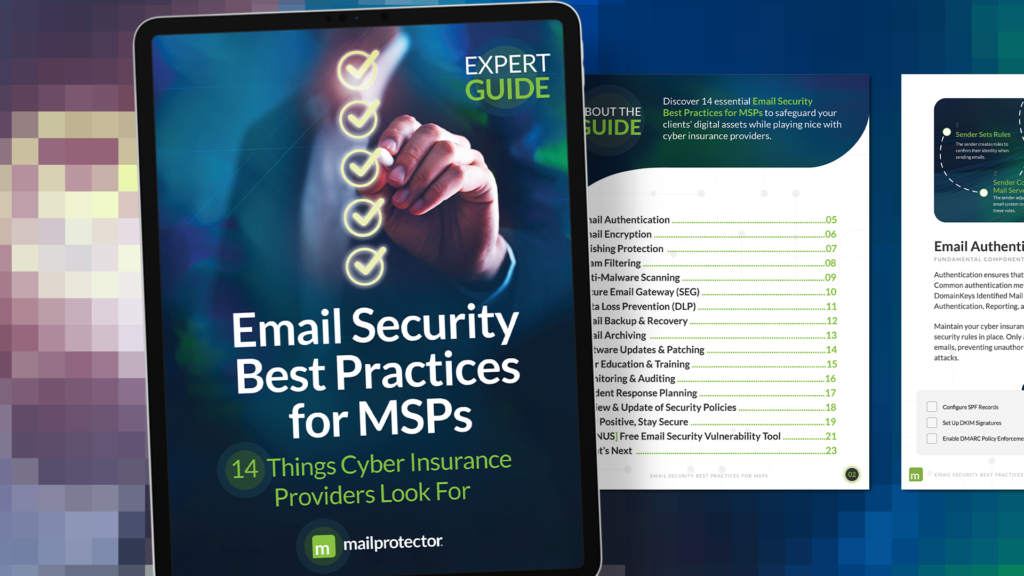Organizations around the world are spending unprecedented amounts on cybersecurity — and it is expected to reach $1 trillion by 2021. With businesses increasingly experiencing cyber attacks despite the upward trend in spending, many are looking for a change in philosophy to address that problem.
This is a major reason why Zero Trust has become one of the biggest buzzwords in the cybersecurity space. When all else fails, treat everything with a level of suspicion.
The idea of a Zero Trust Network or Architecture was first developed in 2010 by a former Forrester Research analyst. Zero Trust is a security concept that focuses on the belief that nothing outside or inside of an organization’s perimeters should be automatically trusted. Before granting access to systems and applications and opening email links or attachments, users should go through some sort of verification process. Neither businesses nor the MSPs who protect their resources should trust anyone or anything.
Trust=Vulnerability
The first principle of Zero Trust is ‘never trust, always verify.’ As sad as it sounds, assurance, at least where security is concerned, is impossible. After all, 80% of data breaches are due to the abuse of privileged access credentials.
Previously, and sometimes still today, there was a “castle and moat” mentality to security, only protecting from outside threats and assuming that everything within the network was trustworthy. Of course, this does not account for compromised identities or users acting irresponsibly. In the same way that the protection surrounding castles became outdated and inefficient, so too has common cybersecurity methods.
Some of the most costly attacks occur when hackers penetrate networks and have free reign over everything once inside. The reality is, your business clients must change their way of thinking to ensure their systems, data, employees, and customers are properly protected.
Focus on Implementation
Zero Trust draws on many different technologies and strategies to ensure a secure environment, but there are three particular processes that are an absolute must for your customers.
1. Least Privilege
Least Privilege is the practice of restricting the access users have to certain data or software. The basic concept is that your client’s employees should have access to only the bare minimum needed for them to achieve their daily work. In doing so, if a staffer’s account was hacked, the cyber attacker wouldn’t have free reign over the entire network.
2. Micro-segmentation
Micro-segmentation involves creating granular zones that divide your customer’s data centers into segments and secures them separately. These sections can even go down to an individual workload. The idea is that separating data limits a hacker’s ability to move laterally throughout the network and ultimately reduces the overall attack surface.
3. Multi-factor authentication
Multi-factor authentication is a system that requires users to verify their identity in more than one way. For example, a PIN, the answer to a secret question, a security token, or a one-time password. MFA offers yet another layer of defense to stop an unauthorized person from gaining access to your client’s sensitive information. If one factor is compromised, there is still one more barrier to be breached.
Strengthen the Design
Implementing a Zero Trust architecture and mindset for your clients can not only prove beneficial in protecting their threat landscape but also building your MSP business. For example, if the business leaders buy into the philosophy that nothing can be trusted, it will be easier to upsell their team members on new cybersecurity measures and stronger defensive tools like email security and encryption.
They will also be more likely to adhere to policies, training programs, and other expectations. Suspicion and education breed compliance.
Remember, Zero Trust is not about implementing technologies but about adopting a strategy and a new way of thinking. Once your clients are on-board with the mindset that nothing and no one can be protected, only then can the technologies be implemented to complete the infrastructure overhaul.


















